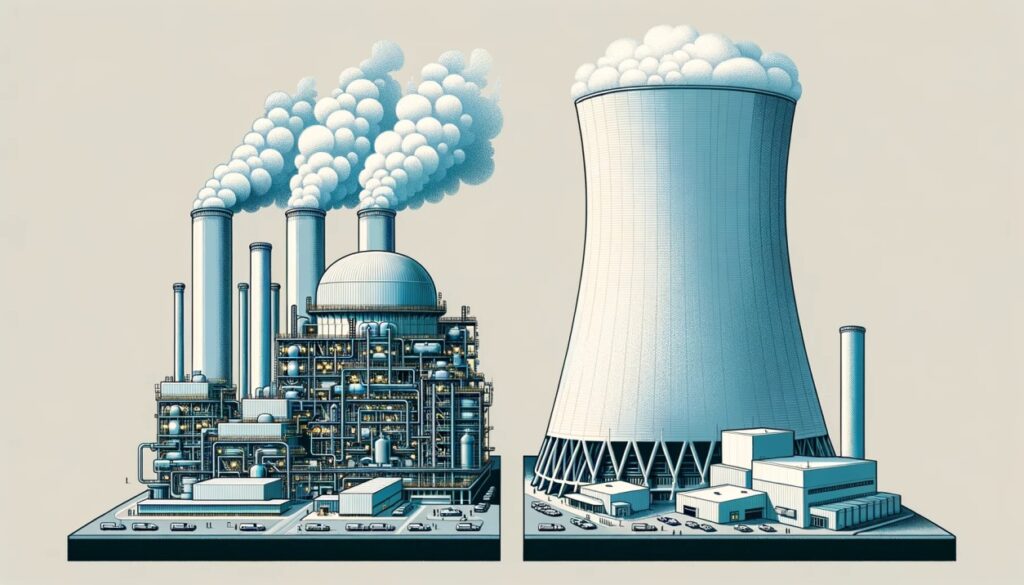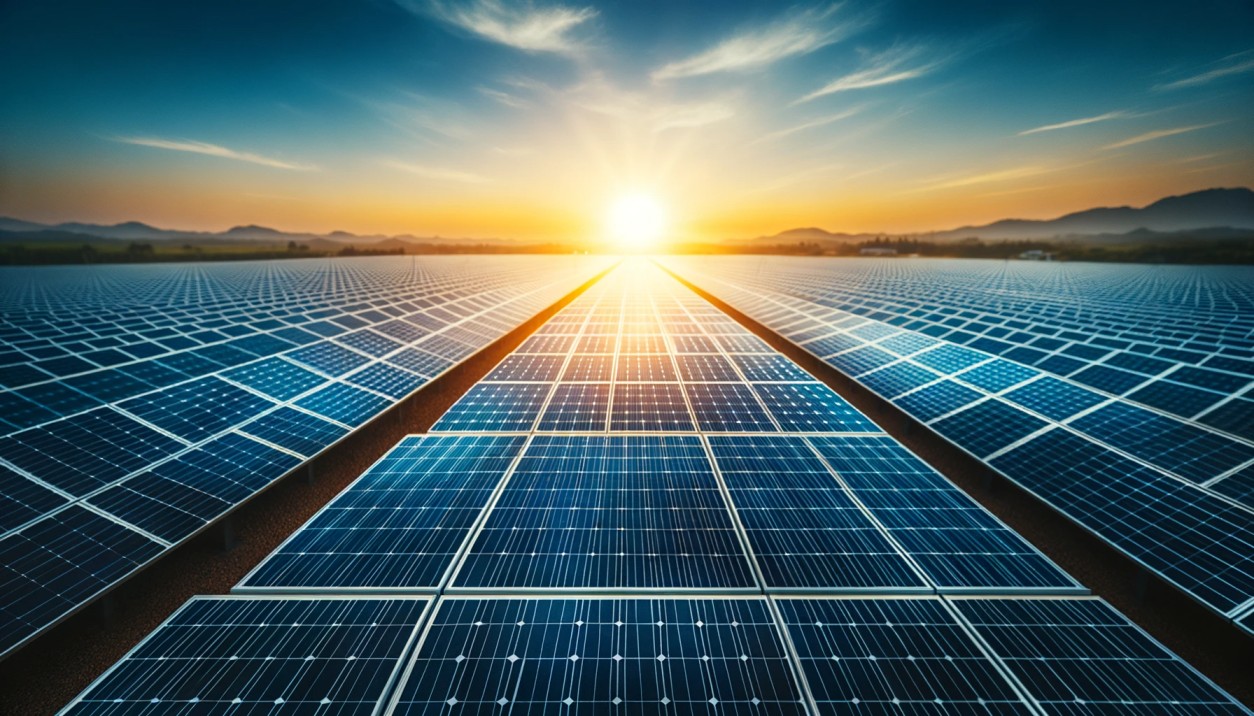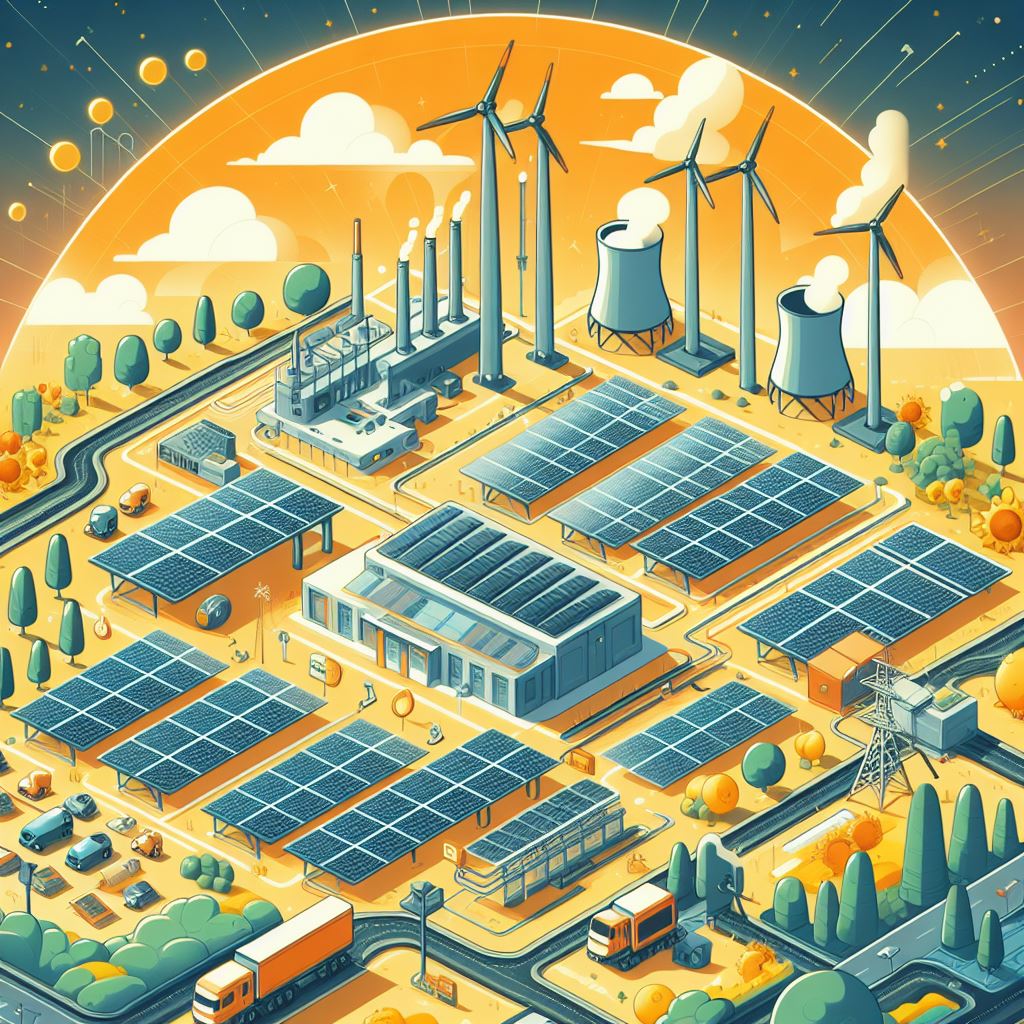Nuclear energy has always been a hot topic of discussion regarding clean and sustainable energy. And now, there’s a new kid on the block – Small Modular Reactors (SMRs). These advanced nuclear reactors, with a power capacity of up to 300 MW(e) per unit, are changing the game in energy generation. So, let’s dive deep into the future of nuclear power and explore the wonders of SMRs. Get ready for an electrifying journey! Oops, did I just make a pun?

What are Small Modular Reactors (SMRs)?
What are Small Modular Reactors (SMRs)?
Let’s dive into the world of small things with Big Power! Introducing Small Modular Reactors (SMRs), the mini versions of traditional nuclear power reactors. These little guys may only have a power capacity of up to 300 MW(e) per unit, but hey, it’s not about the size, it’s about what you do with it!
SMRs are like the cool kids in the nuclear industry. They’re small, modular, and highly efficient. But what does that even mean? Well, let me break it down for you.
Definition of SMRs: SMRs are physically a fraction of the size of conventional nuclear power reactors. Think of them as the pocket-sized version of their larger counterparts. These compact reactors can be easily transported and assembled at the desired location. Who needs big when you can have small and portable, right?
Advantages of SMRs: Now you might be wondering, why should we even consider these mini nuclear power plants? Well, my friend, SMRs have some killer advantages. First off, their smaller footprint and modular design make them suitable for locations where larger nuclear power plants simply can’t fit. They’re like the Adaptable Avengers of the energy world!
Moreover, the prefabricated units of SMRs can be manufactured and shipped as a complete package, making them way more affordable and less time-consuming to build compared to their massive counterparts. And who doesn’t love saving money and time?
But wait, there’s more! SMRs can be deployed incrementally to match increasing energy demand. So, whether you need a little power boost or a major upgrade, SMRs have got your back. They’re the chameleons of power generation!
Status of SMRs: So, where are we with these small but mighty powerhouses? Well, the world is starting to catch on to the SMR hype. Countries like Russia, Argentina, Canada, China, South Korea, and the United States are all in the game, either constructing or licensing SMRs for future use. In fact, there are over 80 designs of commercial SMRs being developed worldwide. Talk about a small but powerful global movement!
But hold your horses, my curious friend. While SMRs have promising potential, their economic competitiveness is still being put to the test. After all, it’s not just about being small; they also need to prove they can pack a punch when it comes to cost efficiency.
So, stay tuned as we explore the benefits, challenges, and future of SMRs. These little reactors might just be the game-changers we’ve been waiting for in the world of nuclear energy. Stay connected to find out more!
Benefits of SMRs

Flexibility and efficiency: Small Modular Reactors (SMRs) offer unique advantages when it comes to flexibility and efficiency. Unlike renewable energy sources such as wind and solar, which depend on the weather and time of day, SMRs provide a dispatchable source of energy. This means that they can adjust their output according to electricity demand. So, when you’re enjoying a warm cup of coffee in the morning, you can thank SMRs for providing that reliable power to brew it.
Pairing with renewables: SMRs can also be a perfect companion to renewable energy sources. While renewables play a crucial role in reducing carbon emissions, their variable nature can sometimes pose challenges in meeting consistent energy demands. But SMRs can step in and fill the gaps, ensuring a steady supply of electricity even when the sun isn’t shining or the wind isn’t blowing. It’s like having a reliable backup dancer who can seamlessly complement the main act.
So, imagine a world where renewable energy and nuclear power work hand in hand. SMRs can provide that stability and flexibility that renewables often lack, making our energy mix more reliable and resilient. It’s like having a dynamic duo fighting carbon emissions and ensuring a brighter, greener future for all.
And let’s not forget the advantages of SMRs themselves – they have a smaller footprint, making them suitable for locations where larger nuclear power plants can’t fit. Plus, their modular design allows for easier and more affordable manufacturing, transportation, and installation. It’s like getting a perfectly sized puzzle piece that effortlessly fits into the larger energy picture.
With their flexibility, efficiency, and compatibility with renewables, SMRs have the potential to revolutionize the way we generate and consume electricity. They truly are the superheroes of the nuclear world, ready to power our future in an eco-friendly and cost-effective way. So, let’s embrace these pint-sized powerhouses and show the world that good things do come in small packages.
Challenges and Future of SMRs
Now that we’ve discussed the advantages of Small Modular Reactors (SMRs), let’s dive into the challenges these little powerhouses face and what the future holds for them.
One of the main challenges for SMRs is their economic competitiveness. While they may have lower upfront capital costs, it’s still uncertain whether they can prove their worth when it comes to actual deployment. Will they be able to hold their own against traditional nuclear power plants and other renewable energy options? Only time will tell. But hey, no pressure, SMRs! We’re all rooting for you!
But fear not, because international collaboration is here to save the day! That’s right, countries around the world are coming together to bring SMRs to fruition. Because who needs competition when you can join hands and make progress together, right? United we stand, divi- nah, that’s too cliché.
By working together, countries can pool their resources, knowledge, and expertise to overcome the challenges associated with SMRs. This collaboration will not only help in the development of better technologies but will also ensure that the future of nuclear power is a sustainable and efficient one. Because let’s face it, we all need a little help from our friends.
So, to sum it up, SMRs may face some hurdles in terms of economic competitiveness, but with the power of international collaboration, they have a fighting chance to shine. Let’s hope these little reactors prove their worth and become an integral part of our sustainable energy future. Go, SMRs, go! We believe in you!
Applications and Deployment of SMRs
Small Modular Reactors (SMRs) are not just a futuristic concept; they are already being implemented in various projects around the world. Let’s take a look at the current and upcoming applications and deployment of SMRs.
Current and upcoming projects
Countries like Argentina, Canada, China, Russia, South Korea, and the United States of America are actively involved in the construction and licensing stages of SMRs. These projects aim to harness the potential of SMRs to produce low-carbon electricity and cater to diverse energy needs.
For instance, Russia’s Akademik Lomonosov, the first floating nuclear power plant, has already started commercial operation with two 35 MW(e) SMRs. It’s like having a mini-nuclear power plant floating on water!
Varied outputs and applications
What’s fascinating is that more than 80 commercial SMR designs are being developed worldwide, targeting various outputs and applications. SMRs are not limited to just generating electricity. They can also be utilized for process heat, desalination, or other industrial uses. Talk about versatility!
Imagine having an SMR that not only powers your home but also produces steam for your daily activities and provides heat for your cozy winter nights. SMRs can truly revolutionize our energy landscape by providing tailored solutions for different needs.
Whether it’s providing clean electricity to remote areas, supporting water desalination in arid regions, or meeting the energy demands of industrial processes, SMRs offer a range of possibilities.
In conclusion, the deployment of SMRs is already underway, with ongoing projects and promising future applications. These advanced reactors, with their varied outputs and applications, have the potential to address our energy needs in a more sustainable and efficient manner. So, get ready to embrace the power of SMRs and witness a new era of clean energy solutions.
Conclusion
In conclusion, Small Modular Reactors (SMRs) are the future of nuclear power. With their small size, modular design, and ability to complement renewable energy sources, they offer flexibility, efficiency, and a path towards a sustainable energy transition. The construction of SMRs is underway globally, and as international collaboration grows, so does the potential for clean, reliable, and affordable energy for all!















